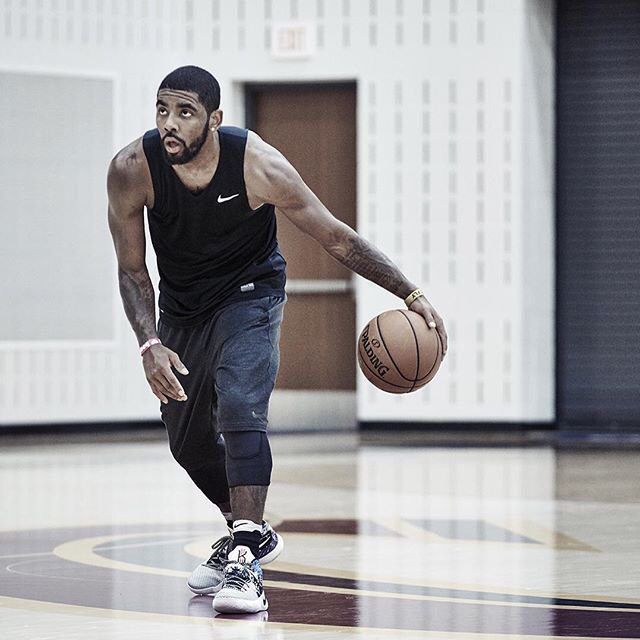Home »
Misc »
How to run a press in basketball
How to run a press in basketball
How to Run an Effective Full-Court Press in Basketball
A well-drilled team running a full-court press is exciting to watch and can be devastatingly effective against any opponent.
When your players are all on the same page and rotating as one unit, the press will give you many advantages that can turn a game in your favor.
In this article, we'll take a look at several different things...
- The different types of full-court presses.
- The main reasons why you should use one.
- The negatives.
- When you should consider running a press.
- And much more.
But before we get started with all of that, let's go back to basics...
"What is a full-court press?"
When coaches say 'full-court press', they're talking about putting pressure on the opponent for the entire length of the court.
This is instead of sprinting back to the half-way line and setting up a half-court defense like many teams do.![]()
Two Main Reasons to Run a Full-Court Press:
1. To Create Turnovers
Let's start with the most obvious benefit...
Forcing the opposition into turnovers.
The more steals your team can get by running a full-court press, the more opportunities they'll have to score.
2. To Dictate the Tempo of the Game
Using a full-court press to dictate the tempo of the game is the benefit most often overlooked by basketball coaches...
Yet it could be the most important reason to use one.
Even if the press your team is running doesn't result in a steal, running one can force the opponent away from their strengths and make them play a style of basketball they're not comfortable with.
This is a huge win for the defense.
For example...
If you're competing against a team that likes to slow the basketball down and pass inside to a dominant post player, running a full-court press will force them to play faster and take more undisciplined shots early in offense.
When to Run a Full-Court Press:
A full-court press can be effective against anyone...
But using one against certain teams or in specific situations can give your team's full-court press a higher than normal chance of success.
Here are a few examples:
1. Against Teams With Poor Decision Makers
Dribbling and passing are the two most important skills for breaking a press and advancing the basketball up the court...
It should come as no surprise that a full-court press can be very effective against teams without quality guards who make smart decisions.
2. Against Teams With a Limited Bench
Playing against a full-court press is physically and mentally demanding.
It's challenging for both the offensive team and defensive team to compete full-court possession after possession.
This gives the team with a deeper rotation an immediate advantage as they're able to keep their team fresh by subbing players in and out without a loss in the quality of play.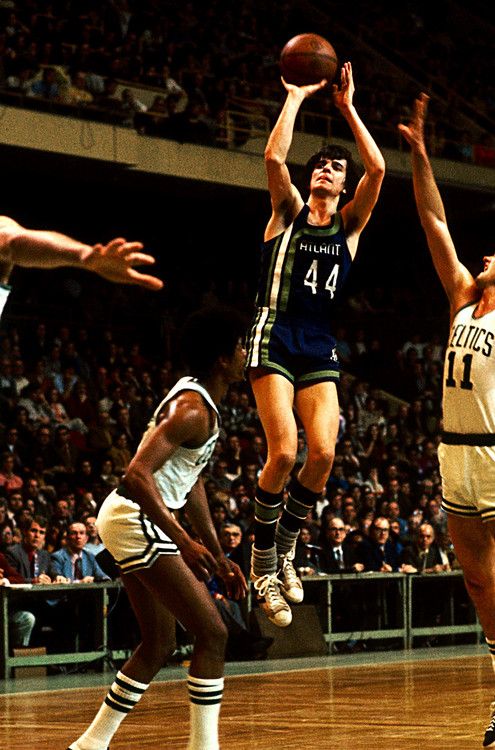
3. Against Teams With a Great Half-Court Offense
A high-energy full-court press can be extremely effective against teams who like to slow the basketball down and run their half-court offense.
Using the same example as before...
Perhaps they have a dominant post player they like to isolate on the block.
Running a full-court press can speed up the game and take them away their half-court offense.
4. When Your Team Needs a Burst of Energy
Occasionally you will have games where your team looks tired and unmotivated to play hard.
Maybe they've already played 2 or 3 games that weekend or your team has just travelled to a tournament a long distance from your home town.
Either way, running a high-intensity full-court press can be a great way to change things up and snap your team out of a sluggish start.
5. When the Opposition Goes on a Run
If you experience a stretch where the opposition scores 6 - 8 quick points, use a full-court press to change the game.
Allowing a small 6+ point scoring run can skyrocket the opposition team's confidence because they will think they have your team figured out...
Changing the defense and tempo is a great way mix things up and take control of the game again.
6. To Get the Ball Away From a Star Player
Sometimes your team will face a great point guard and you just want to get the basketball out of their hands..
Instead of allowing them to easily dribble up the court and set up the offense, a full-court press forces them to pass early.
As long as your team doesn't allow them to easily get the basketball back, it can force a different player to set up the offense and create scoring opportunities.
Negatives of Running a Full-Court Press:
But while there are many positives, it's not all sunshine and rainbows...
There are negatives to implementing a full-court press.
Make sure you're aware of these points when deciding whether or not to implement one on your basketball team.
1. Bad For Youth Basketball
I won't go into too much detail on this topic (I'll save that for an entire blog post), but it's important to know that running a full-court press isn't great for the development of youth players.
There are a few main reasons for this:
- Youth players aren't strong enough to throw the basketball over the press.
- Youth players aren't strong enough to make hard, quick passes.
- Youth players don't have the experience or decision making skills to break a full-court press.
All 3 points above result in a youth defense being able to flood the front court without fearing a long pass over top and allowing a wide open layup.
This can result in steals for the defensive team simply because they're outnumbering the offensive team in the front court and taking advantage of their physical weaknesses.
This is not a good environment for learning and development.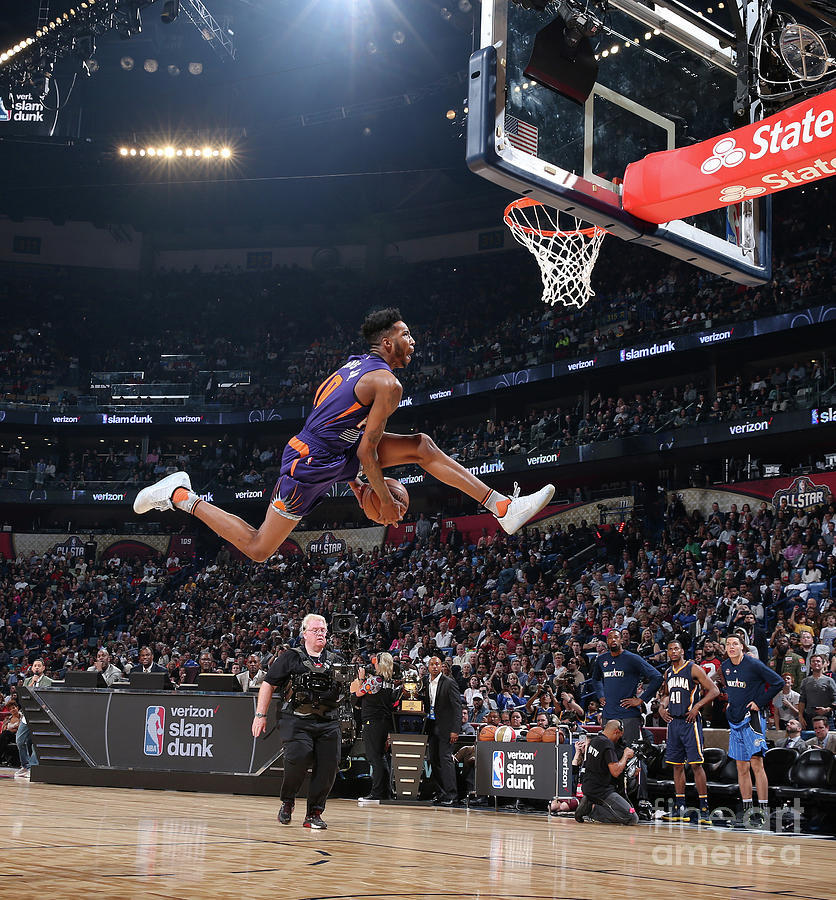
In my opinion, players get the most development from playing half-court man-to-man.
Which is why I always recommend youth teams drop back beyond the half-way line on defense and allow the players to compete in the half-court as much as possible.
2. Takes a Lot of Time for Players to Learn
If you've been following BFC for a while, you'll know we recommend the 50/25/25 practice structure for youth basketball.
- 50% - Skill Development
- 25% - Strategy
- 25% - Small-Sided Games
Depending on the competition and level you're coaching, a lot of coaches only have one hour with their team each week...
Attempting to teach your team a half-court offense and half-court defense is hard enough in that limited amount of time.
Adding a full-court pressure defense will take up even more practice time that could be better spent on other areas of the game.
Types of Full-Court Press:
There are many different full-court presses for a coach to pick from.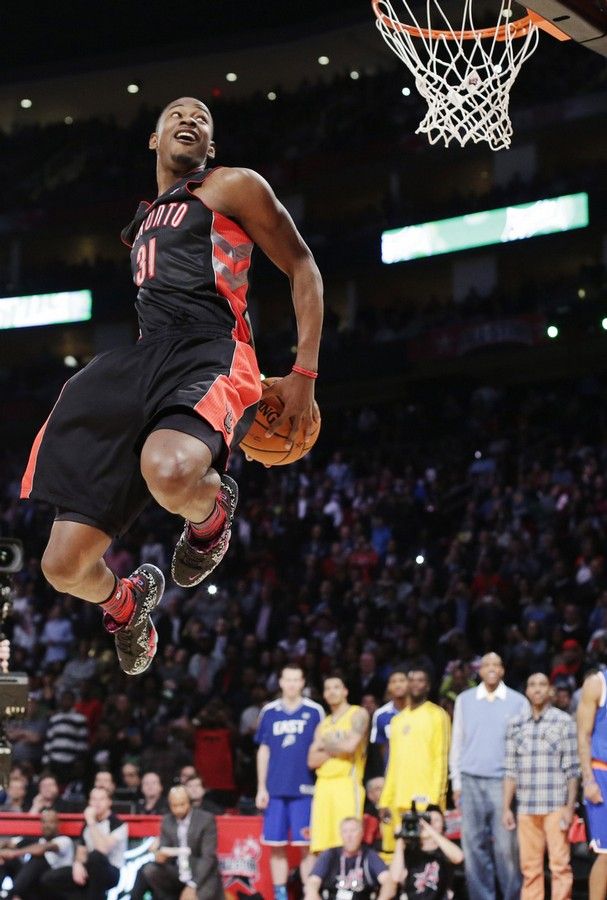
Depending on your team's personnel (strengths and weaknesses), some will be better suited to your team than others.
(Note: Not all of the presses listed below are traditional 'full-court' presses. Some are 3/4 court presses. But I assume anyone reading this post will be interested in them too.)
Below, I'll break down the 7 most common...
1. Man-to-Man Press
A man-to-man press involves every defensive player guarding a direct opponent for the entire length of the court.
a. Full-Court Man-to-Man Pressure
Involves every defensive player defending their direct opponent for the entire length of the court.
b. Full-Court Run and Jump Defense
Involves every player starting with a direct opponent in regular man-on-man, except there are several 'Run and Jump' rules which encourage trapping and switching which can disrupt the opponent.
2. Zone Press
There are many variations of a full-court zone press that teams can run depending on the team's personnel and how the coach wants to play.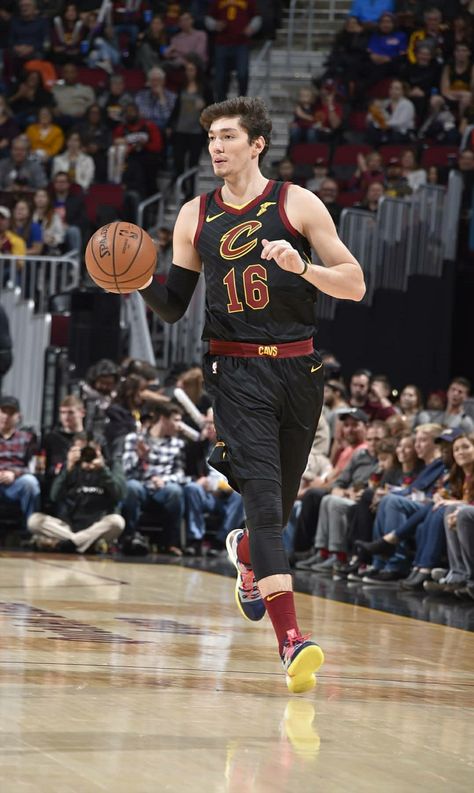
Each of them has their own strengths and weaknesses, but all of them can be run effectively by the right team.
Here are 6 of the most common variations of the full-court zone:
a. 2-2-1 Press
Involves two players across the free-throw line, two players near half-court, and one player down back as safety.
b. 1-2-1-1 Press
Involves one player at the front defending the inbounds pass, two players across the free-throw line, one player just above the three-point line, and another player down back as safety.
c. 1-3-1 Press
Involves the front defender on the three-point line, three defender across the half-way line, and a safety at the back.
d. 3-1-1 Press
Involves three players across the free-throw line, one player just in front of the half-way line, and a safety at the back.
e. 1-2-2 Press
Involves one player on the free-throw line, two players just before the half-way line, and two players down back.
Deciding Which Press to Implement:
With so many options available, it can be difficult for a coach to decide exactly which full-court press to teach their team.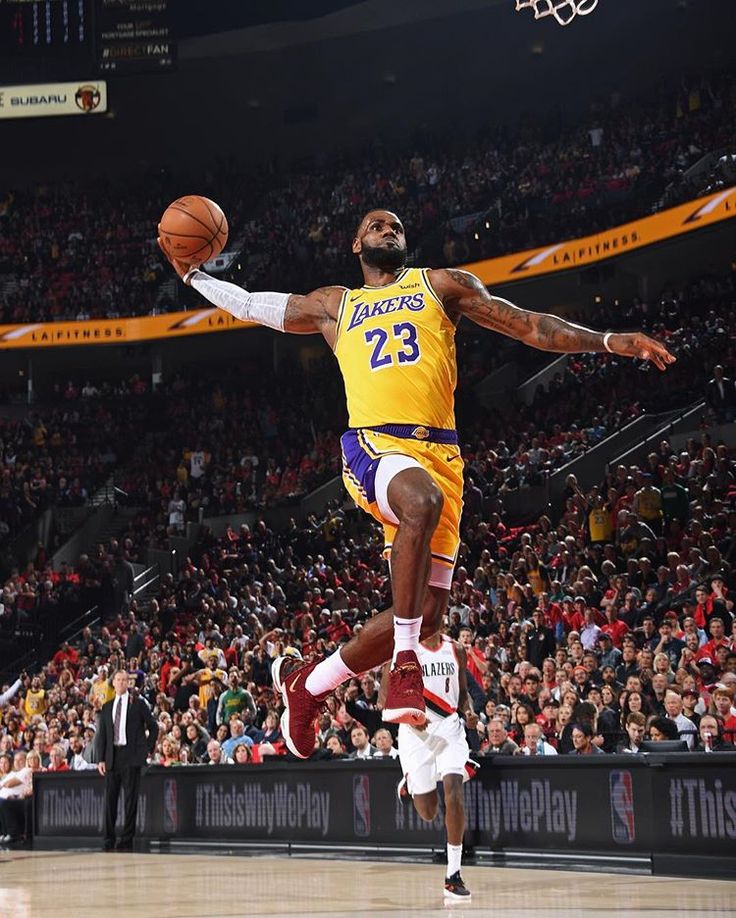
To help you with this, here are the three main questions to think about...
a. Do you want to play fast or slow?
The first thing you must do is evaluate the speed at which your teams plays their best basketball.
Some teams prefer to play at a fast pace using the 1-2-1-1 press...
Getting steals and then quickly attacking the hoop looking to score or draw the foul.
Other teams prefer to slow the ball down using the 2-2-1 press...
Forcing a turnover and then putting the breaks on and either passing the basketball around the perimeter or working the ball inside to a post player.
b. What are the strengths and weaknesses of your key players?
Next, look at your key players individually...
If you have a great post player who can protect the rim in a two-on-one situation, you might feel comfortable implementing an aggressive press like the 3-1-1 knowing if the first two defensive lines get beat, they will be able to protect the rim.
But if you don't, it might be better to use a conservative press like the 1-2-2.
c. Which press will be most effective against your opponent?
When coaching older teams and you have more practice time, you can choose to implement two different full-court presses...
One that speeds up the opposition (e.g. 1-2-1-1) and one that slows them down (e.g. 2-2-1).
Then your team can change it up depending on the opponent.
But during youth basketball, I recommend focusing on the first two questions and selecting a full-court press that fits your team's personnel without worrying about the opposition.
The Most Important Part of a Full-Court Press
I heard this following quote said while watching an online coaching clinic and it's stuck with me ever since...
The desire to sprint back on defense after the press has been broken is the most important part of running a full-court press.
Agreed.
No matter what full-court press you use, it isn't going to work every time your team sets it up.
Heck, even the best teams may only force a turnover on less than 25% of possessions.
Which is why every player on the team must be committed to sprinting back on defense immediately after the basketball has passed their defensive line.
Once they're back, players must communicate and use smart rotations to ensure all offensive players are being guarded without allowing an open shot.
Conclusion
There have been times where we’ve ran a full-court press, made zero steals, but the full-court press has been super effective.
"Why?"
Because it prevented the opposition from playing their style of basketball.
Here's the key:
When they want to slow down and control the ball, speed them up.
When they wanted to play fast and score quickly, slow them down.
Implementing one of the full-court presses above will help you do this.
How to Run the 1-2-1-1 Diamond Press Defense
The Diamond press (also called the 3-1-1 or the 1-2-1-1 press) is suited for all levels of play. The press is designed to force turnovers by speeding up the decision making process of the offense. Your team must have quick players with good instincts for this press defense to be effective. Do not run this press if you are not willing to occasionally give up easy baskets.
The press is designed to force turnovers by speeding up the decision making process of the offense. Your team must have quick players with good instincts for this press defense to be effective. Do not run this press if you are not willing to occasionally give up easy baskets.
Quickly transitioning from offense to defense is crucial to prevent miscommunications that result in those easy baskets. Communication in games and practices is vital to make this press effective. Be sure to constantly remind your players that the offense's goal is to get the ball in the middle of the diamond. Getting the ball in the middle of the diamond breaks the press.
Note: Breakthrough Basketball strongly believes all youth level teams should only play man-to-man defense.
X4 is for the post player closest to the basket. X2 and X3 are for the two guards closest to the basket. X1 is for the guard furthest from the basket. X5 is for the post player furthest away from the basket.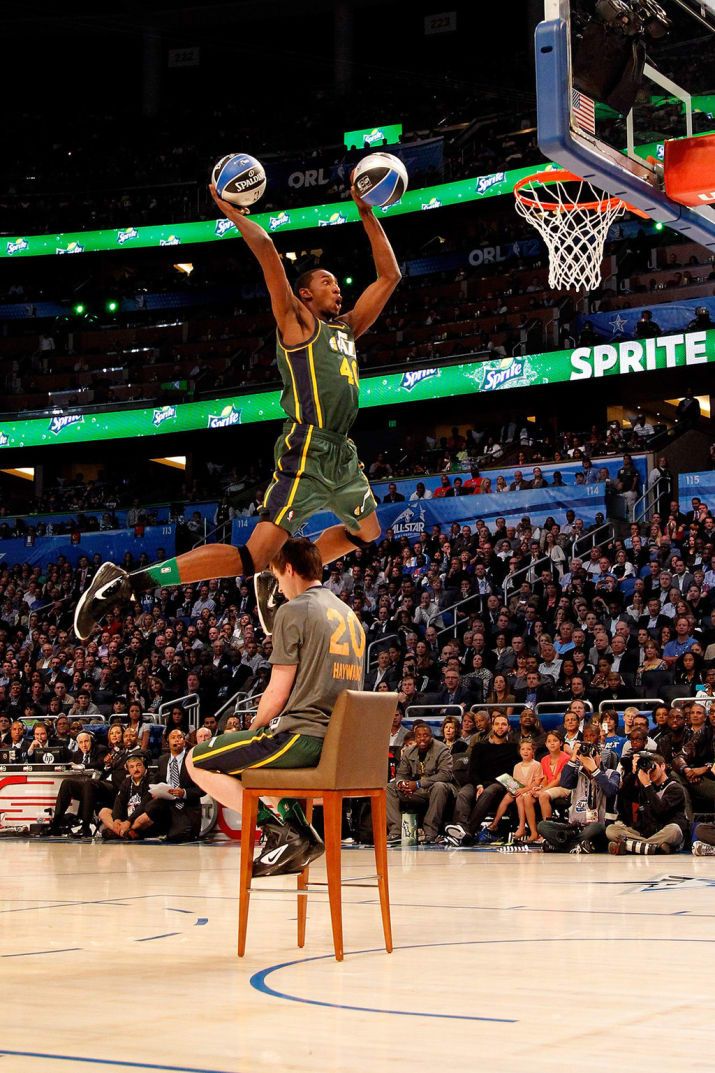
The Diamond press can also be run directly out of a made free throw. The free-throw shooter is up top. X2 and X3 are positioned on the wings. X1 and X5 are at their usual positions.
The offense will likely set up in this press break. Line X1 directly behind 5 and parallel to 3 and 4 to intercept any long passes. X4 denies any inbounds pass to the middle. X2 and X3 look to force the inbounds pass to go into the corners. X5 is the safety in case of a long pass.
As soon as the ball is inbounded to the corner, X2 and X4 must trap immediately. X2 must not give up the sideline.
If the pass is made to 5 or 1, reset to the initial formation.
If the pass is made to 4, X1 looks to cut off the sideline. X3 and X4 sprint back. X2 looks to prevent any passes to the middle by forcing 4 to dribble up the sideline. X1 and X4 trap once the ball crosses half-court.
If the pass is made to 3, the press is broken.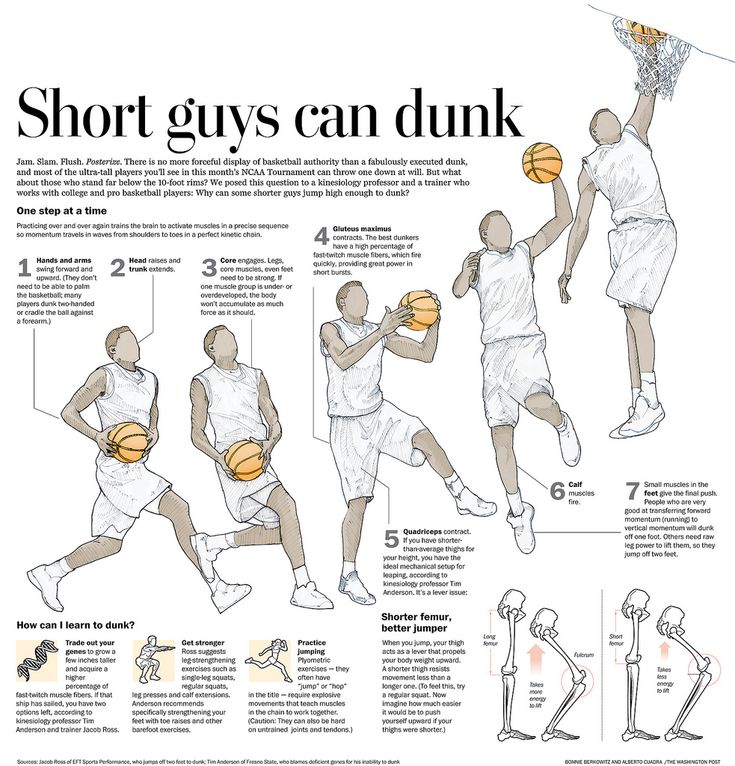 Your team must fall back to your base half-court defense. You can still force a turnover if X4 can tip the ball from behind.
Your team must fall back to your base half-court defense. You can still force a turnover if X4 can tip the ball from behind.
1-2-1-1 Diamond Press Tips
Here are five concepts to emphasize when working on this press in practice. A breakdown in any of these areas will lead to the press being broken.
1. Sprint to the nearest spot after a made basket. Get your players to think about pressing as soon as they transition from offense to defense. The press is almost always broken when one or two players fail to remember that their team is running a full-court press.
2. Only trap on the sides. Trapping in the middle is counterproductive because the offense has four directions to escape the trap via the dribble or the pass.
3. Do not allow the ball to go in the middle of the diamond. This will put the defense in an unfavorable position because there is only one player to cover three spots.
4. Keep the ball behind the first line of defense for as long as possible.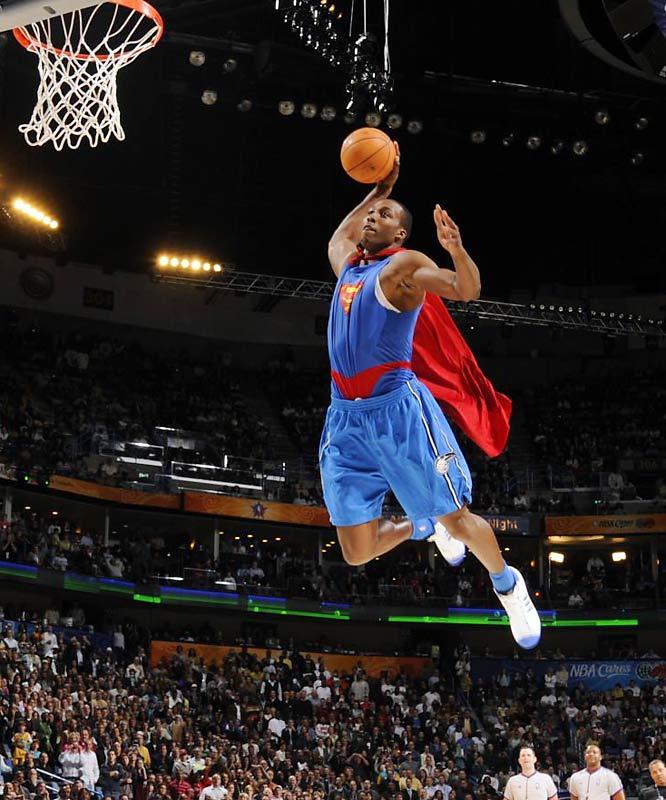 Move your defense back depending on where the offense is initially set up. Always remind your players that the offense has ten seconds to get the ball across half-court.
Move your defense back depending on where the offense is initially set up. Always remind your players that the offense has ten seconds to get the ball across half-court.
5. Have their hands up when trapping the ball. Do not give your opponent an easy target to break the press. Remember that short passes to the middle are the best way to break the Diamond press.
6. Get hands up when closing out to guard a player or trap. By simply getting your hands up, you′ll get numerous deflections and turnovers.
Drills for the 1-2-1-1 Diamond Press
To reinforce these five concepts, here are two simple drills to work on in practice.
Drill 1 - Free Throw Situations
Drill 2 - Half Court Overload
Related Pages and Helpful Resources
Zone Defense Concepts & Tips
Man to Man Defense
Does Your Defense Match Your Purpose? A Look at Defensive Alignments
What do you think? Let us know by leaving your comments, suggestions, and questions. ..
..
Standing Barbell Press Sports in Krasnodar
Standing Military Barbell Press is a basic exercise for working out the total mass of the shoulder girdle and deltoid muscles. Until recently, it was included in weightlifting competitions. Athletes had to do three movements: snatch, push, press. However, due to the high injury risk and inaccurate judging criteria, the military press was deleted from the list of exercises. But it is still popular with athletes today: in almost all gyms, men (and even some women) perform it.
What muscles work in the bench press?
First of all, the shoulder muscles are loaded. The greatest impact is on the front delta, a little less on the middle. The rear delta is almost not involved in the movement, but carries an indirect static load. It also moves to the upper chest and trapezius muscles. Triceps are also active in the bench press. It is due to them that the last third of the movement is performed, and the smaller the amplitude, the more stress they experience.
IMPORTANT : Use a slightly wider than shoulder-width grip to distribute the load evenly and to maximize movement control.
Standing barbell press alone is not enough to develop the deltoid muscles. Of course, it creates a lot of stress for this muscle group, but if you want to have beautiful voluminous shoulders, you need to pay great attention to working out the back and middle beams of the delta.
To do this, professional trainers recommend swinging dumbbells to the sides and in an inclination. If you feel bad delta contraction, you should put the bench press at the very end of the training complex. “Tired” shoulder muscles react to the exercise a little differently - the entire load will be isolated, and it will fall precisely on the deltoid muscles. In this case, the working weights should be less, but this approach does not reduce the effectiveness of the training.
Advantages and Disadvantages of the Standing Bar Press
The United States is the birthplace of the standing bar press. This exercise was used by weightlifters, as well as "fur seals", whom it subsequently helped to throw a bag over their shoulder or pull out a wounded comrade. According to the frescoes, the standing press was known to ancient Greek athletes.
This exercise was used by weightlifters, as well as "fur seals", whom it subsequently helped to throw a bag over their shoulder or pull out a wounded comrade. According to the frescoes, the standing press was known to ancient Greek athletes.
Regular exercise helps to develop the strength of the shoulder girdle and triceps, core, legs and arms. If you do it regularly, the indicators of endurance and strength of the upper body will increase due to static elements. The military press is a good "preparatory" skill for other similar exercises. In CrossFit, it allows you to work out the necessary movements, for example, throwing medicine balls from the chest, as well as stabilize the shoulder joints for training on the bar.
The benefits of the bench press are not limited to a purely applied nature. During the execution of movements, most of the muscles of the upper body are activated. Thanks to this, it is possible to effectively build muscle mass and activate the nerve connections between the bundles of muscle fibers.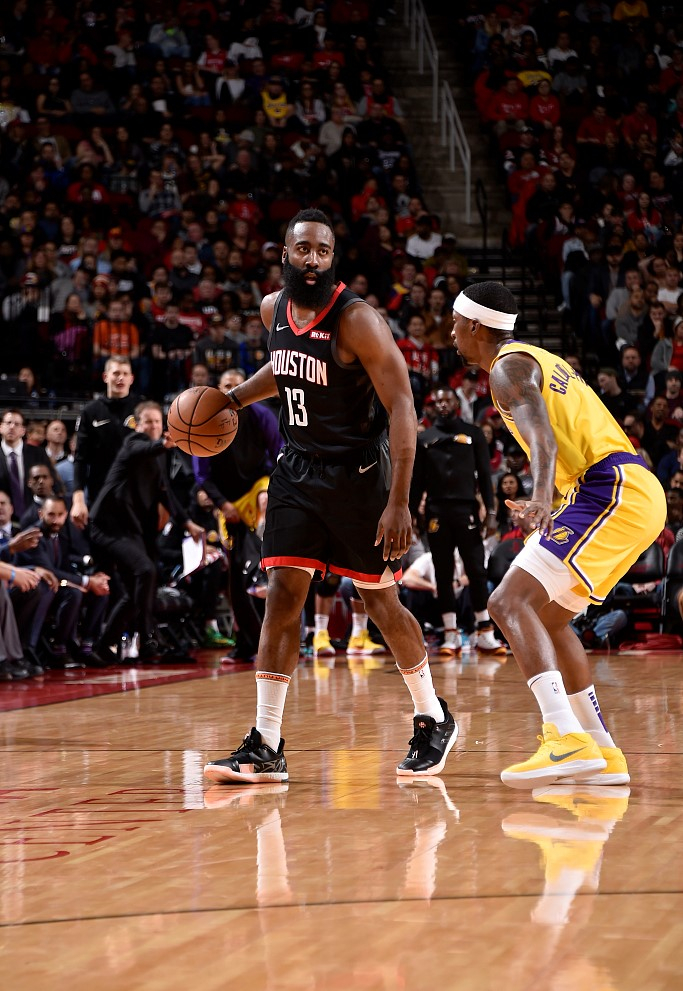 The result - the mass will really increase, and this will happen much faster than when exercising on the simulator.
The result - the mass will really increase, and this will happen much faster than when exercising on the simulator.
Due to the study of triceps, you can change the shape of the arms, bring them into tone. In addition, the bench press is a good preventive exercise aimed at activating blood flow in the cervical-collar zone.
Among the shortcomings of the exercise, several points can be distinguished. Mostly, they need to pay attention to beginners. Firstly, the bench press is traumatic. If you do not strictly follow the technique, you can easily get damaged. Secondly, there is the risk of falling. Some athletes do not have time to remove their hands from the bar, which is why they fall back with it.
Most often this is due to too much weight. Those who are just starting to exercise cannot adequately assess their capabilities and training volume. In the desire to build muscle faster, they take incredible weights and do a lot of approaches. All this can provoke the development of inflammatory processes in soft tissues and the appearance of pain.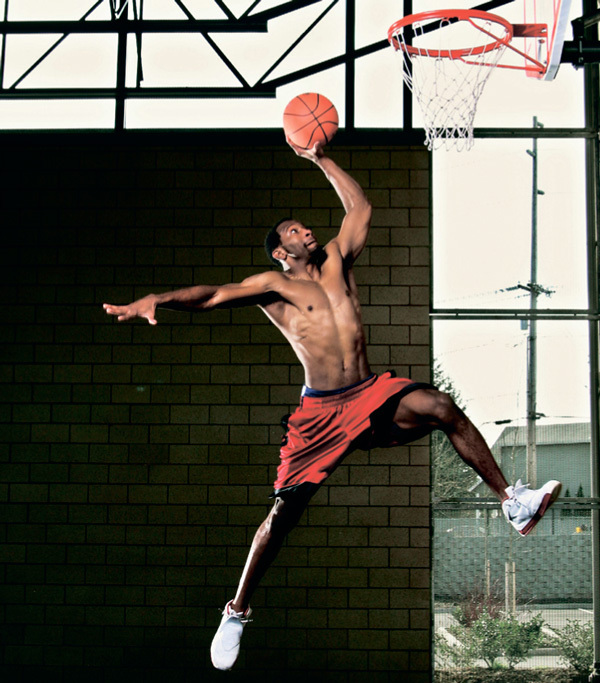
It is not uncommon for beginner athletes to have back injuries. Due to the inability to stabilize the lower back, displacement of the vertebrae, hernia, and protrusion occur. The occurrence of such conditions is a consequence not only of a weak back, but also of the abdominal wall. Until the press becomes “iron”, it is highly not recommended to take on the bench press while standing.
Due to non-compliance with the technique of performing the exercise, the hands are often injured. Many people do not place the bar in the middle of the palm, as a result of which the pressure becomes uneven. It's very bad for the wrists. You can partly solve the problem with the help of special wrist bandages.
Standing barbell press technique
The military bench press is an indicator of torso strength and good physical fitness. It contributes to the growth of muscle mass: the more you lift, the better the muscles are worked out. This statement is true only if all movements are performed in strict accordance with the technique.
IMPORTANT: should be trained with above-average weights for 8-12 reps. This standard is optimal for delta training. If you take too little load, you will not have time to "pump" your shoulders.
Starting position Remove the bar from the rack or lift it from the floor. Take a straight closed grip slightly wider than your shoulders, firmly fixing the neck in your palms. Start moving up. If necessary, use an athletic belt.
Raise the bar and place it on your upper chest. The neck should "hang" on the fingers. The elbows are brought forward and slightly apart. The head is tilted back, the gaze is directed in front of you.
Bench press Hold the bar with your palms, press the bar up due to the tension of the deltoid muscles. Pull your head back at the same time. Bend at the waist. Maintain a stable position. Do not include legs in work. Explosive movement is accompanied by a strong exhalation. Make one movement at the maximum amplitude.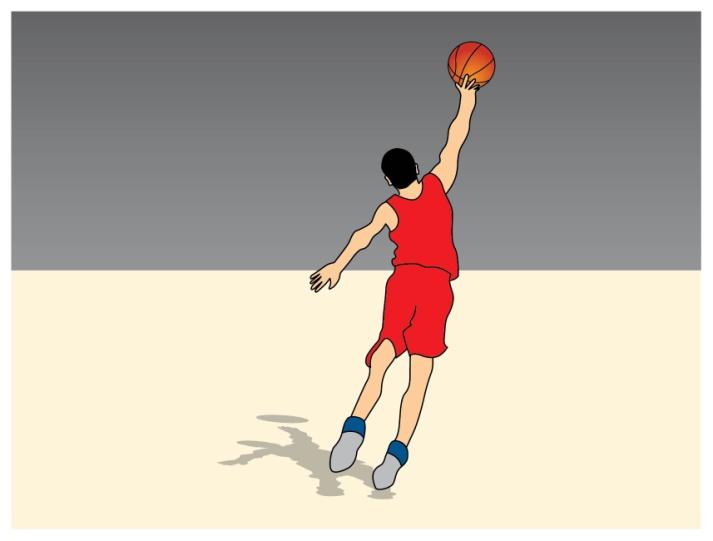 Straighten your elbows, fix the position for 1-2 seconds. Keep your body straight. Start lowering the bar down. All movements are slow and smooth.
Straighten your elbows, fix the position for 1-2 seconds. Keep your body straight. Start lowering the bar down. All movements are slow and smooth.
Common mistakes when doing bench presses
- No warm-up. A warm-up is required before doing the bench press. It is required to warm up the muscles and joints of the shoulders, hands, elbows. If you use heavy weights, do a couple of approaches: first take the "empty" neck, and then gradually increase the load. Stretch your triceps, as it puts a huge load on it.
- Too much weight. Professional athletes do not recommend training with huge weights in a small rep range. In this case, all the benefits of the exercise are lost. The muscles do not receive an effective load, and the shoulder, elbow and carpal ligaments are strongly strained, which often causes injuries.
- Cheating. You can not neglect the technique of the correct execution of movements and do too many repetitions with a lot of weight. With this approach, the muscles of the legs and back are included in the work.
 Because of this, the effectiveness of the exercise is reduced, since the shoulders do not receive the proper load. In addition, the risk of injury to the spine increases due to the strong compression of the intervertebral discs in the lumbar region.
Because of this, the effectiveness of the exercise is reduced, since the shoulders do not receive the proper load. In addition, the risk of injury to the spine increases due to the strong compression of the intervertebral discs in the lumbar region. - Long hold at the top. You should not linger with the bar raised up for more than 1-2 seconds. At this point, the spinal column is under maximum stress.
- Incorrect projectile position. The bar should “lie” on the chest or in close proximity to it and the collarbones. If you bring it forward, then the shoulder joint will move forward, but the elbow will not be stable.
- Wrong shoes. To perform the barbell press while standing, you should wear sneakers that do not have a heel and instep, but have a hard and even sole.
The chest press helps develop upper body musculature. The exercise is aimed at strengthening the muscles of the shoulders, arms, back. Proper technique is completely motionless legs, a tense core, and the use of adequate weight.![]() Beginners are advised to perform the exercise under the supervision of a trainer.
Beginners are advised to perform the exercise under the supervision of a trainer.
everything newbies need to know
- Main
- Fitness guide
- Bench Press: Everything Beginners Need to Know
The bench press is one of the strength exercises that you can do if you want to improve your appearance and health, as well as build muscle strength.
Trial workout
12/28/2021 2485 0 5 min. Sport
There are many types of strength building workouts, but no other strength training exercise improves upper body strength as effectively as the bench press. This is a basic physical exercise that uses free weights. It is performed on a bench in a prone position with a barbell. The bar is lowered, touching the chest, and raised until the elbows are fully extended.
There is a bench press on a horizontal and vertical bench, with a wide and narrow grip.
Bench Press Benefits
More than 20 scientific articles and studies are analyzed to demonstrate the benefits of the bench press. This exercise has a number of advantages:
- increases the strength of the chest and arms;
- forms relief muscles;
- increases the overall strength of the press;
- improves overall health, fitness and functional strength;
- is great for both men and women;
- is easily modified to work with specific muscle groups;
- burns fat;
- has several variations for any level of training.
Thus, the bench press workout is one of the strength exercises that you can do if you want to improve your appearance and build muscle strength. The bench press can be done on a flat bench, and it can also be tilted. Changing the angle of the bench and the width of the grip can affect which muscles are involved.
Bench press athletes participated in a study on muscle activation during exercise and found that:
- triceps activation was 58.
 5 to 62.6% regardless of bench press position;
5 to 62.6% regardless of bench press position; - biceps brachii activation ranged from 48.3% to 68.7% on the incline bench press;
- Narrow grip use may reduce biceps brachii activation by 25.9-30.5%.
Based on studies of people doing strength training, including bench press, 3 times a week for a period of 6 months to 10 years, it can be concluded that this exercise provides:
- 34-65% reduction in type 2 diabetes risk;
- increase in bone density by 26.8-30.4%.
Bench press is good for overall health because:
- strengthens the heart muscle;
- increases the intensity of the deposition of healthy fats;
- reduces the level of cholesterol in the body;
- reduces the risk of heart disease and diabetes;
- regulates blood sugar levels by burning glucose without the need to release insulin.

Training Injuries and Contraindications
- One of the most common bench press injuries occurs at the rotator cuff. To prevent shoulder pain, make sure your posture is correct.
- If your shoulders are not flat on the bench or stretched back, regardless of the incline, this will put a lot of pressure on your rotator cuffs. By pulling your shoulders back, you relieve pressure.
- Also try narrowing your grip, as studies have shown that the force on your shoulders is 1.5 times greater when you press with a wider grip than with a close grip.
- Basketball players have longer arms, which means they need a wider grip for a proper bench press. This position puts more stress on the muscles and joints. Longer arms mean you need to lift the bar higher to get the full effect of the bench press. And this means that a person bears the load for a longer period.
Bench Press Exercise
- Lie on a bench with your feet flat on the floor and your knees bent.
